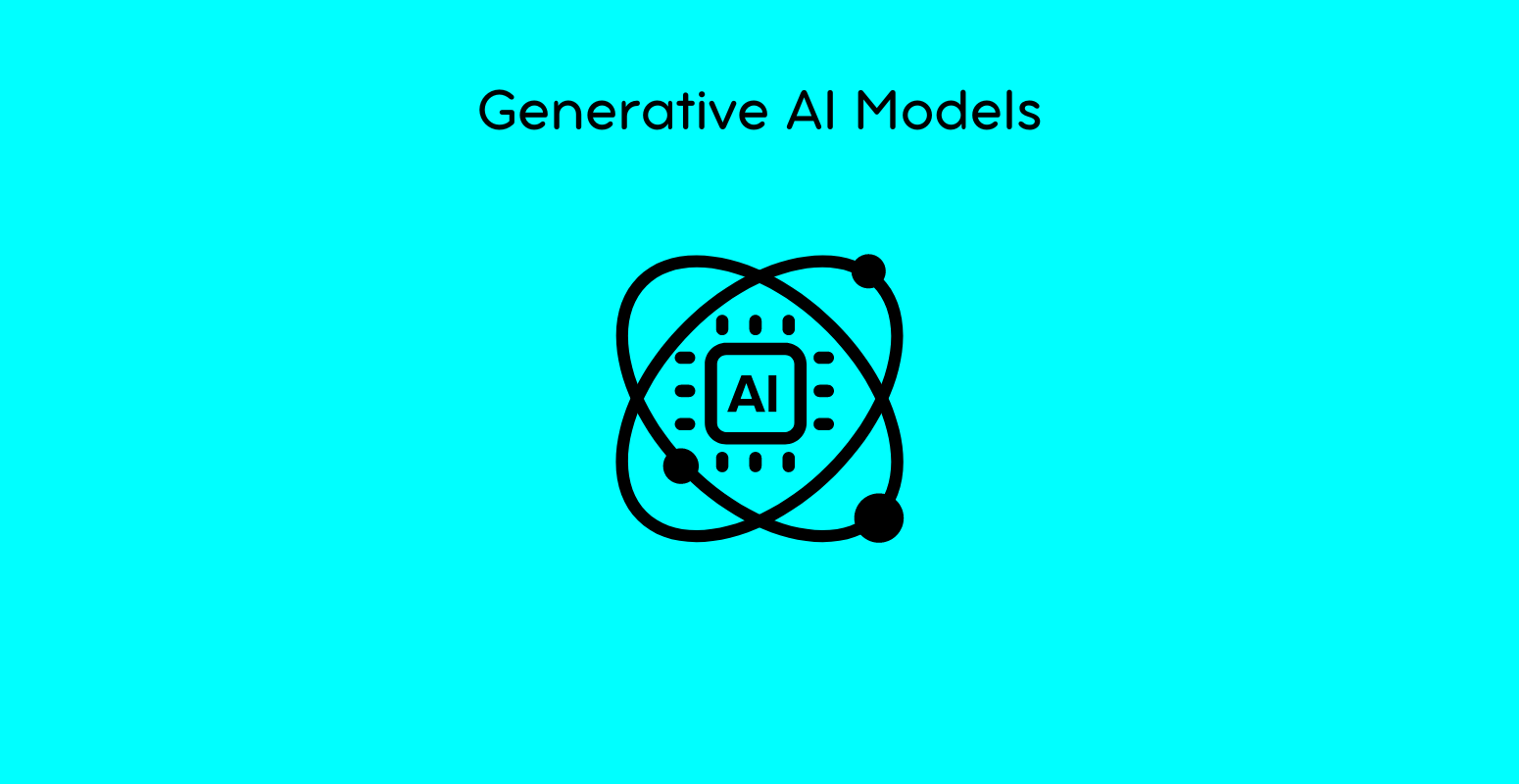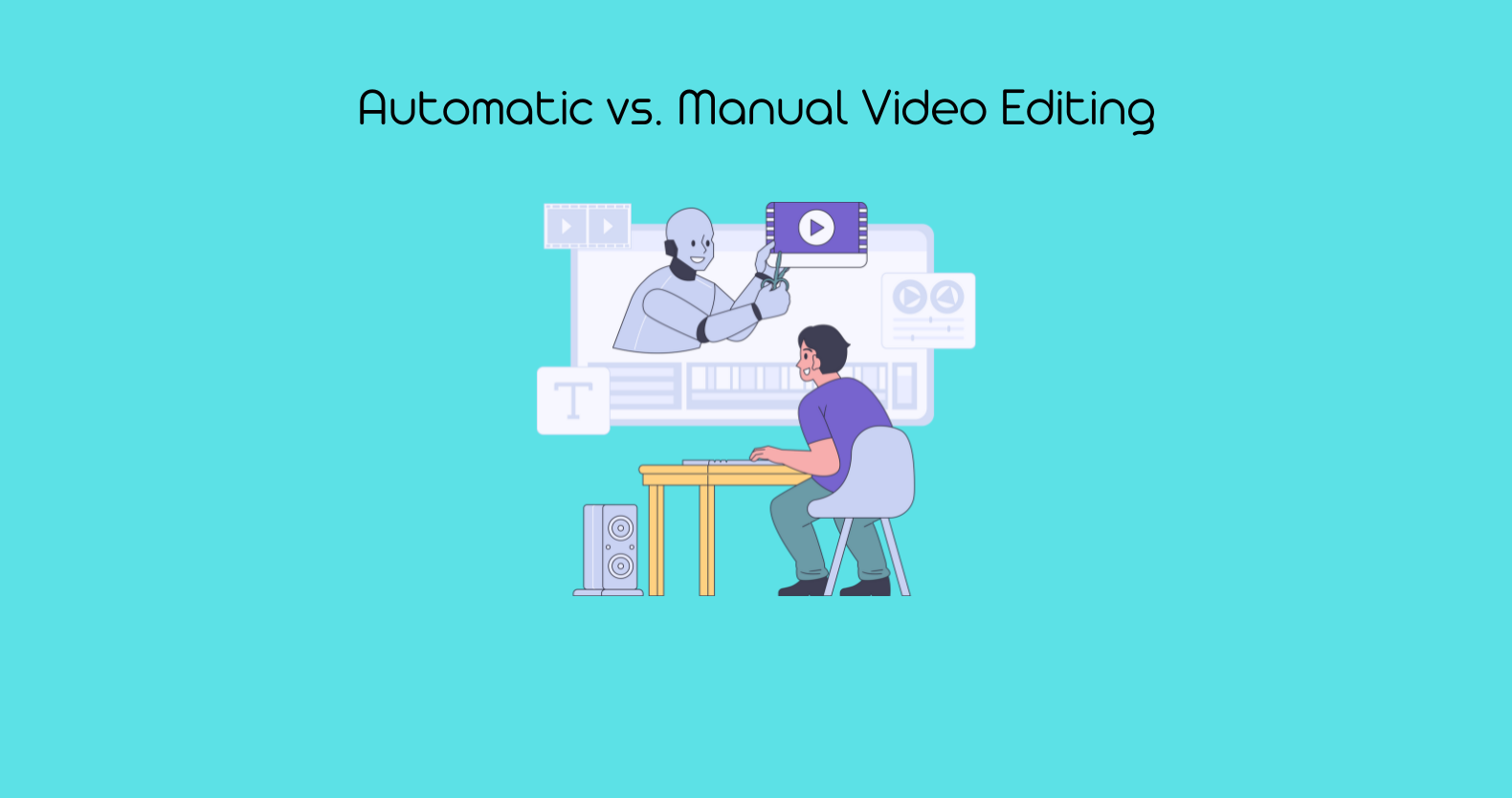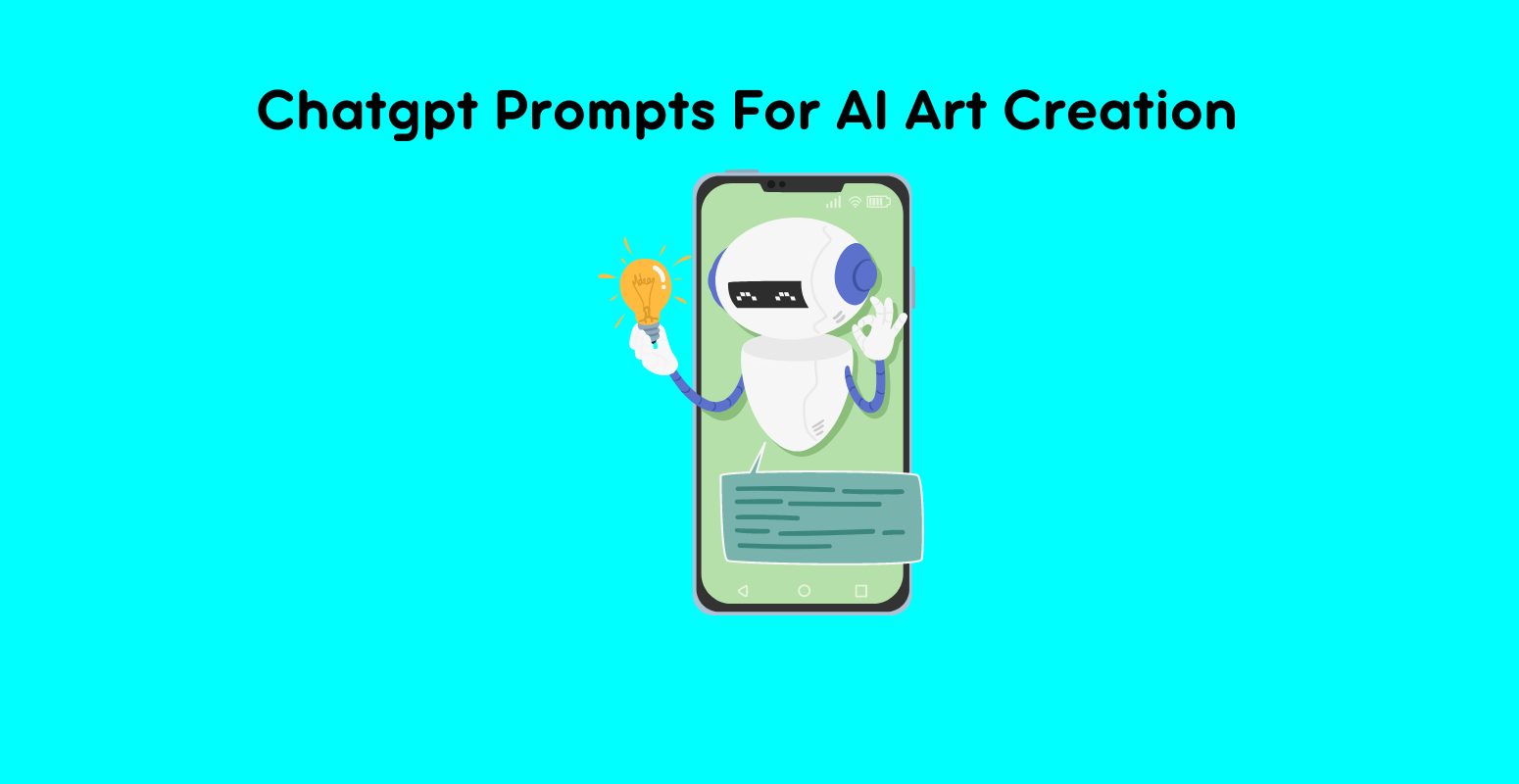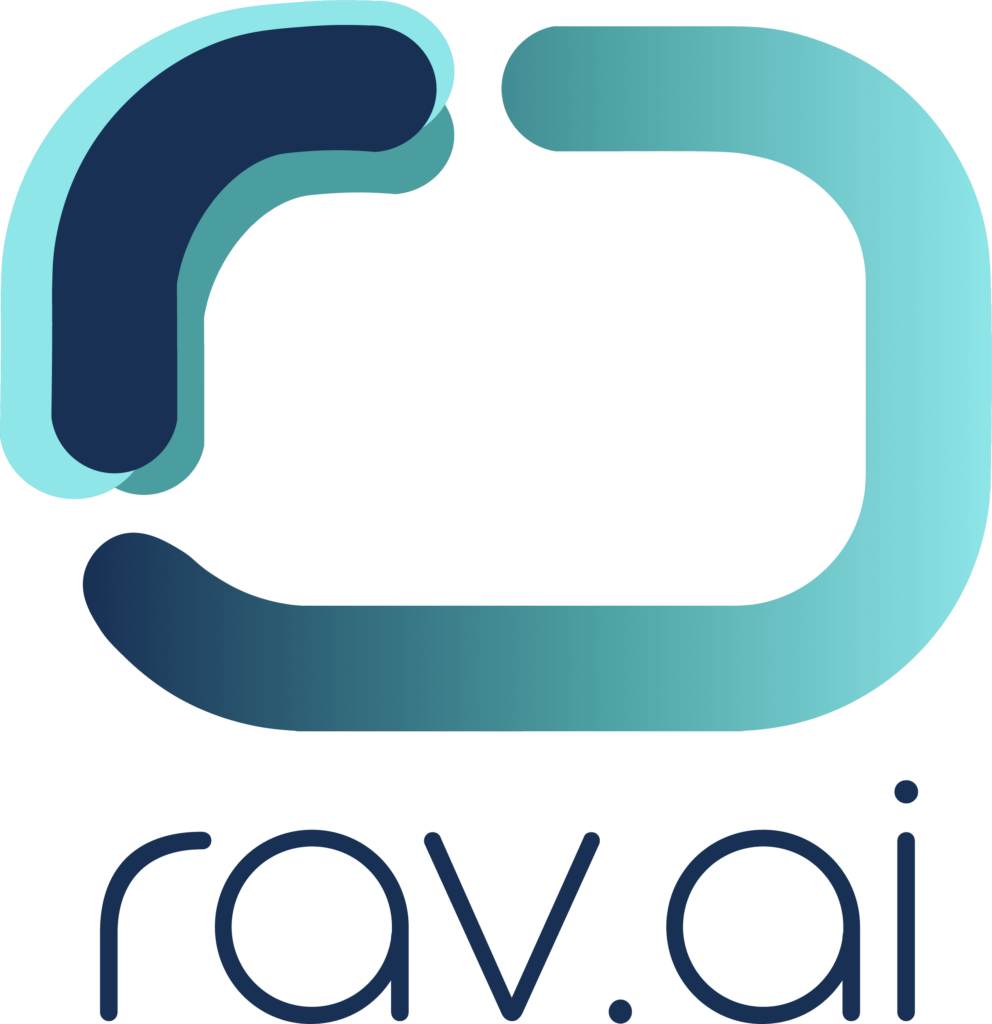Generative AI models are the new focal point and can be considered the real step forward in the development of AI technologies. They have remarkable capabilities to generate new content, images, music, and simulations. These models have come a very long way within the last few years, and that has led to the kind of breakthroughs that are reinventing several industries.
Generative artificial intelligence has several types that help analyze algorithms, health, innovation, and more. We can dramatically expand our capabilities by understanding the training process, identifying different AI learning platforms, and more; this blog will teach us about some of the best generative AI cases already rocking the modern world.
What are Generative Artificial Intelligence Models?
Generative AI models are a category of artificial intelligence that aims to create new data and not just value in the already available information. They are used in sophisticated algorithms where complex equations generate new values to get data that can help us make a decision, create a hypothesis, and evaluate specific trends.
They are valuable in different industries due to their effectiveness in entertainment, health, brand advertising, etc. The new developments of generative AI models list have become more realistic and produce more artistic results, making AI’s capabilities noticeable and helping man push boundaries.
Recent Advancements in Generative AI Models
AI Content Generation Models the GANs and VAE are pertinent to mention here. These architectures have enhanced the quality of the generated content, such as video, text, audio, etc. There are many types of GANs. For example, we have an AI content generator that creates realistic images and a discriminator who decides if the created image is real or fake.
Enhanced Artificial Intelligence Model Training Techniques
The training of AI content generation models has undergone a dramatic shift, and new approaches to AI model training have emerged which include reinforcement and unsupervised learning. AI model training can be defined as the process of putting substantial data sets into the model and then adjusting the results to achieve specific values. Enhanced training techniques have resulted in models that are more accurate, efficient, and capable of learning from limited data.
Expansion of Generative AI Applications
Applications of generative AI models are progressing impressively. New methods are far more advanced and unconventional than the previous learning methods. Artificial Intelligence model training configures the model required in its performance in an environment where large volumes of data are processed, and the AI tool is used to produce a specific output. Such techniques include improving AI’s accuracy, efficiency, and capability to create realistic virtual environments such as games and movies.
Generative AI Algorithms And Creativity
Generative AI algorithms are the core components of content creation these days. Not only do you produce content within a short duration, but you also get the chance to reduce the potential flaws in your content, whether written content, videos, pictures, etc. Generative AI helps expand the range of information in various industries and organizations.
New trends have been observed in applying creative AI models in fields not developed earlier. For example, generative AI is applied in healthcare to generate new drugs and give protein structures. These models are used in the entertainment industry to build near-life reproductions and produce new material for game and movie entertainment. Some of the most notable algorithms include:
GANs (Generative Adversarial Networks)
They are applied to producing fake images, videos, and 3D models that resemble real life. They operate based on the process where two neural networks are trained in opposition to each other to increase the quality of the work produced.
VAEs (Variational Autoencoders)
Variational Autoencoders are used in audio and image synthesis. Here, VAEs are employed to encode input data. During encoding, the Autoencoder’s encoder part generates points similar to the input data.
Transformers
These models have enhanced Natural language processing and generation models.mTransformers, like the GPT series developed by OpenAI, generate human-like text that helps maximize man’s capacities to generate concise and accurate content with little effort.
Comprehensive List of Generative Artificial Intelligence Models
Today, we can rarely find any sector where AI is not used. AI is prevalent in small marketing agencies, large courtrooms, and complicated health sectors. Some of the standard but successful AI models are:
- GPT-3 (Generative Pre-trained Transformer 3): The one developed by OpenAI and known as “GPT-3” is one of the commonly used text generation models as of the date that it is being written.
- StyleGAN: Among all the varieties of GANs, it is a rather famous StyleGAN created by NVIDIA as this type can create hyper-realistic images of faces and other objects, scenes, views, etc.
- DeepDream: DeepDream is an application by Google in which a convolutional neural network transforms the input pictures into hallucinogenic dreamscapes.
- DALL-E: DALL-E creates visuals from successive texts.
Exciting AI Applications
Generative AI applications are diverse and far-reaching, impacting various sectors innovatively. From content creation to healthcare, the entertainment industry, marketing, and advertisement, we can find AI applications in all sectors.
Healthcare Innovations
In healthcare, creative AI models are used to precede drug discovery and design treatment for patients with special health needs. These models can create structures of molecules and estimate how certain new drugs will work in the human body, greatly enhancing the efficiency of the research process.
Creative Content Generation
AI’s expansion across the entertainment industry has led to numerous uses, such as realistic special effects in the movie-making business, thorough video game’s unique environments, and even music. For example, developing pieces specifically suited to create a particular atmosphere or soundtrack scenes in films and video games is possible.
Marketing and Advertising
In marketing, generative AI algorithms are used to craft advertisements, social media posts, and emails. Such models can help explain customers’ buying habits and choices, which can be used to create marketing content relevant to a certain demographic.
Conclusion
Generative AI models have developed very fast, and the new versions of AI are more sophisticated than those of previous generations. These models offer advanced algorithms and training methods, revolutionizing hundreds of industries. Current AI models are generative, and the more they are researched and advanced, the more they can create, innovate, and influence. No one is immune from the impact of generative AI. Its expertise has crossed the healthcare and entertainment industries’ boundaries and entered the marketing sphere, signaling a new era of creativity and efficiency.








